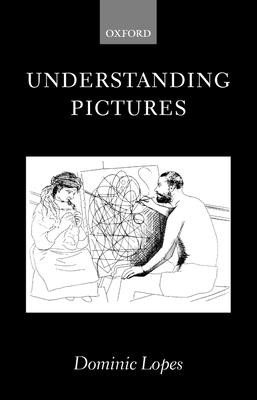
- We will send in 10–14 business days.
- Author: Dominic Lopes
- Publisher: Clarendon Press
- ISBN-10: 0199272034
- ISBN-13: 9780199272037
- Format: 13.7 x 21.5 x 1.4 cm, softcover
- Language: English
- SAVE -10% with code: EXTRA
Reviews
Description
There is not one but many ways to picture the world--Australian "x-ray" pictures, cubish collages, Amerindian split-style figures, and pictures in two-point perspective each draw attention to different features of what they represent. Understanding Pictures argues that this diversity is the central fact with which a theory of figurative pictures must reckon. Lopes advances the theory that identifying pictures' subjects is akin to recognizing objects whose appearances have changed over time. He develops a schema for categorizing the different ways pictures represent--the different kinds of meaning they have--and argues that that depiction's epistemic value lies in its representational diversity. He also offers a novel account of the phenomenology of pictorial experience, comparing pictures to visual prostheses like mirrors and binoculars.
EXTRA 10 % discount with code: EXTRA
The promotion ends in 20d.02:31:55
The discount code is valid when purchasing from 10 €. Discounts do not stack.
- Author: Dominic Lopes
- Publisher: Clarendon Press
- ISBN-10: 0199272034
- ISBN-13: 9780199272037
- Format: 13.7 x 21.5 x 1.4 cm, softcover
- Language: English English
There is not one but many ways to picture the world--Australian "x-ray" pictures, cubish collages, Amerindian split-style figures, and pictures in two-point perspective each draw attention to different features of what they represent. Understanding Pictures argues that this diversity is the central fact with which a theory of figurative pictures must reckon. Lopes advances the theory that identifying pictures' subjects is akin to recognizing objects whose appearances have changed over time. He develops a schema for categorizing the different ways pictures represent--the different kinds of meaning they have--and argues that that depiction's epistemic value lies in its representational diversity. He also offers a novel account of the phenomenology of pictorial experience, comparing pictures to visual prostheses like mirrors and binoculars.


Reviews